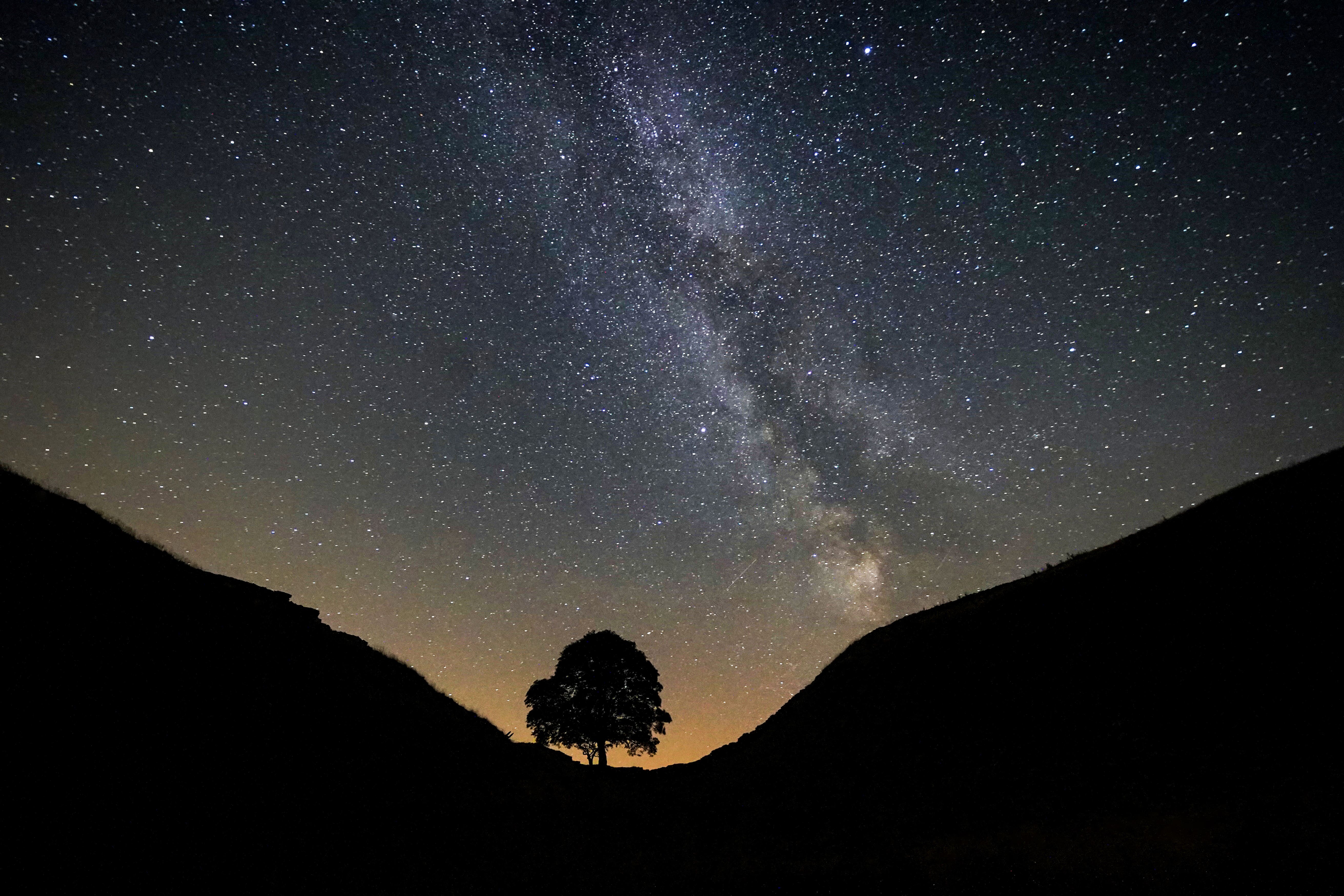Scientists release detailed map of everything in the universe
Map is one of the most precise measurements of how ‘stuff’ is distributed through the cosmos

Your support helps us to tell the story
From reproductive rights to climate change to Big Tech, The Independent is on the ground when the story is developing. Whether it's investigating the financials of Elon Musk's pro-Trump PAC or producing our latest documentary, 'The A Word', which shines a light on the American women fighting for reproductive rights, we know how important it is to parse out the facts from the messaging.
At such a critical moment in US history, we need reporters on the ground. Your donation allows us to keep sending journalists to speak to both sides of the story.
The Independent is trusted by Americans across the entire political spectrum. And unlike many other quality news outlets, we choose not to lock Americans out of our reporting and analysis with paywalls. We believe quality journalism should be available to everyone, paid for by those who can afford it.
Your support makes all the difference.Scientists have made a precise map of all the matter in the universe.
The new map represents one of the most precise measurements of how all the stuff in the universe is distributed across the universe.
It mostly fits with our existing picture of the cosmos. But there are some intriguing differences that could suggest we are wrong about the universe in certain important ways.
When the universe began, matter was flung outwards, gradually forming the planets, stars and galaxies.
By carefully putting together a map of that matter today, scientists can try to understand the forces that shaped the evolution of the universe.
Combining data from two major telescope surveys of the universe, the Dark Energy Survey and the South Pole Telescope, the new analysis involved more than 150 researchers, including several with the University of Chicago and Fermi National Accelerator Laboratory.
The research suggests matter is not as “clumpy” as would be expected based on the current best model of the universe.
According to the scientists, this adds to a body of evidence that there may be something missing from the existing standard model of the universe.
By analysing the two sets of data, the scientists could infer where all the matter ended up in the universe.
They say it is more precise than previous measurements as it narrows down the possibilities for where this matter wound up, compared with previous analyses.
The majority of the results fit perfectly with the currently accepted best theory of the universe.
But there are also signs of a crack - one that has been suggested in the past.
Co-author and University of Hawaii astrophysicist Eric Baxter, said: “It seems like there are slightly less fluctuations in the current universe than we would predict assuming our standard cosmological model anchored to the early universe.”
The new readings find the universe is less clumpy, clustering in certain areas rather than evenly spread out.
The researchers say that if other studies continue to find the same results, it may mean there is something missing from the existing model of the universe.
However, the results are not yet to the statistical level that scientists consider to be certain.
But because the analysis yielded useful information from two very different telescope surveys the results are considered to be landmark findings.
The findings are published as a set of three articles in Physical Review D.
Additional reporting by Press Association
Join our commenting forum
Join thought-provoking conversations, follow other Independent readers and see their replies
Comments